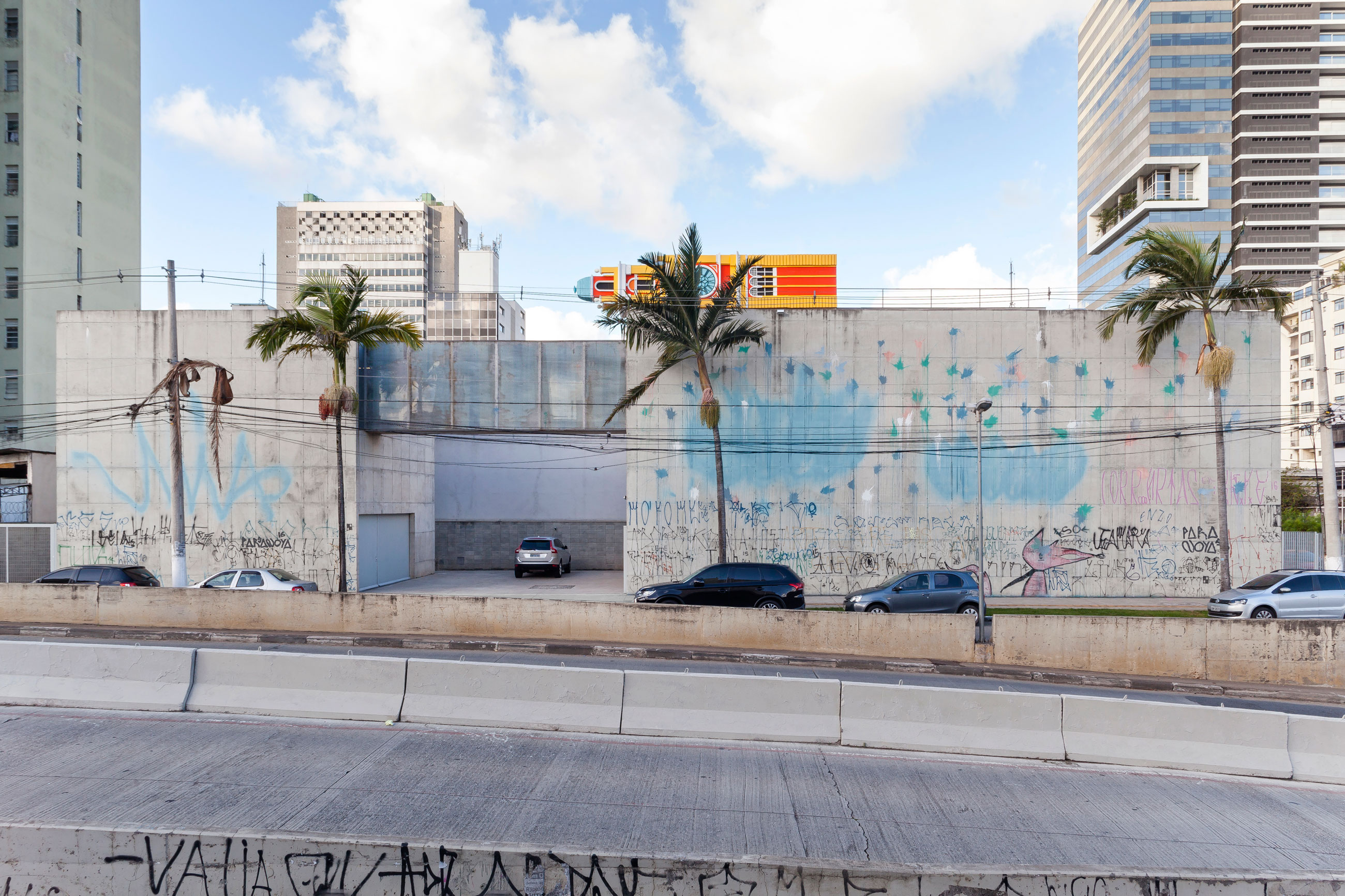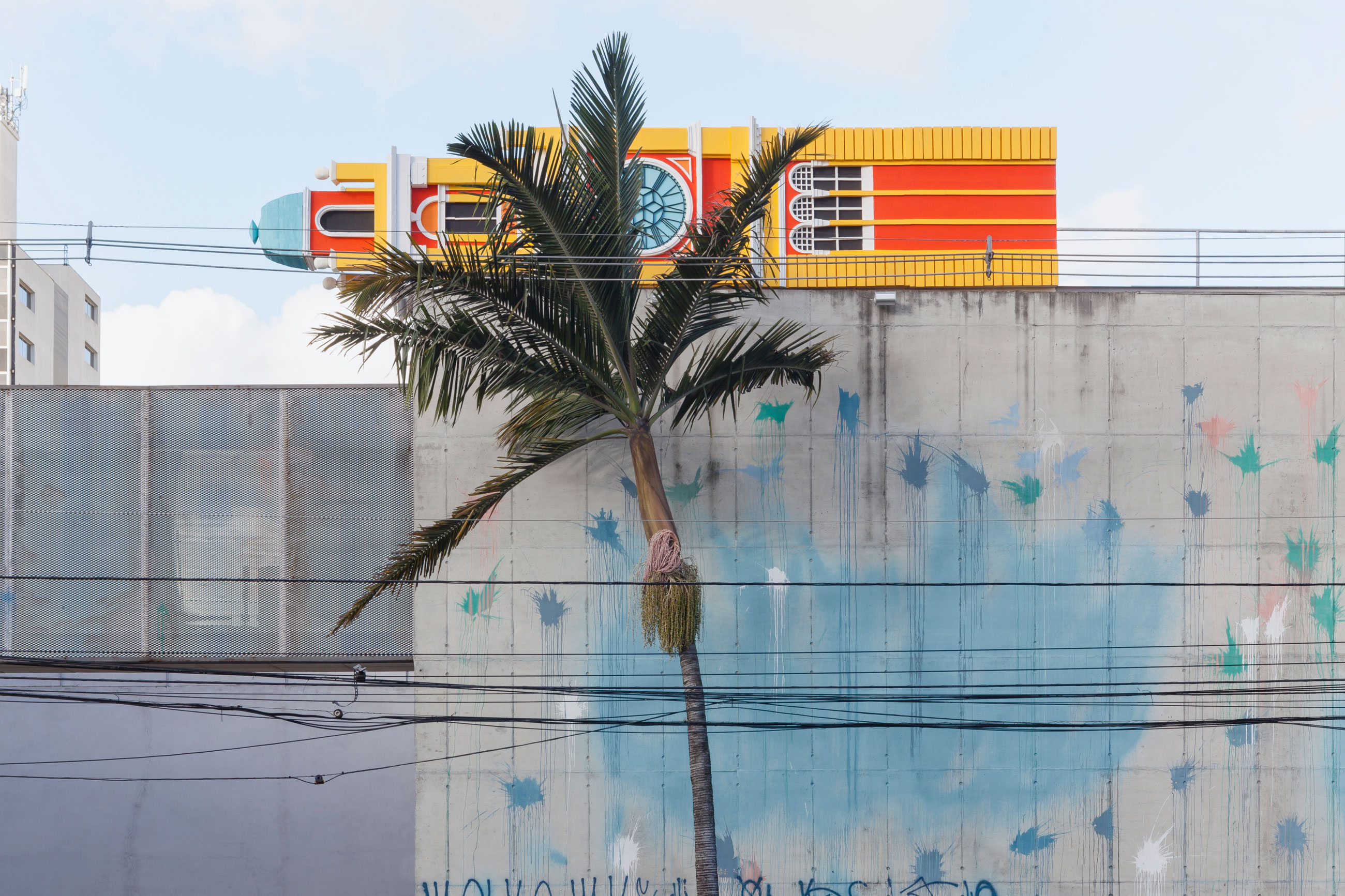Friends of Perpetual Movement
in SITU
Pilar Quinteros’ project reflects on the history of the gallery’s building. Constructed in 2004, it was demolished in 2011 because its plot was purchase by a multinational company. After negotiations the gallery was re-constructed, following its initial design by architect Paulo Mendes da Rocha, in another allotment a few meters from its original location. The existing building is a replica of the former, to which an adjacent construction was added. The ‘cloning’ and displacement of the gallery problematize the boundary between the reproducibility and the singularity of the architectural work, as well as the idea of conceptual and material inseparability between the project and the urban context for which it was originally designed.
Quinteros researched replicated, displaced or nomadic buildings and encountered unlikely parallels between the gallery and one of the main architectural symbols of the city of São Paulo, the Luz Railway Station. Since 1867 the station underwent continuous modifications; enlarged in 1870, rebuilt between 1895 and 1901, destroyed by a fire in 1946, rebuilt between 1947 and 1951, modified from 2004 to 2006 by architects Pedro and Paulo Mendes da Rocha, destroyed by another fire in 2015 and reconstructed in 2018. Its transformations are part of the city’s biography and of its citizen’s collective memory. But despite its immemorial connection to the city, this station crossed the Atlantic Ocean by ship, dismantled piece by piece, until arriving in São Paulo. Its precast iron structure was brought from the UK, its ceramic tiles from France, its wood is Irish pine, and only its masonry is of local origin.
In Friends of Perpetual Movement, Quinteros proposes an intersection of these stories through an architectural juxtaposition. The artist adds on top of the gallery building a rendition of Luz Station’s clock tower. The clock tower is an architectural element of socio-spatial authority and organization that has historically disseminated a notion of collective time which governed the rhythms of different populations. Luz Station’s clock tower was for decades the city's main spatial and temporal reference point, instituting the time that all citizens should follow. But the replica constructed by Pilar Quinteros evades this referentiality, subverting key-aspects of this well-known element; its position is not fixed, its materiality is not permanent, its clock is muted and its verticality denied.
SITU #6
Friends of Perpetual Movement
by Pilar Quinteros (1988, Chile)
foam, paint, wooden structure
950 x 160 x 200 cm
30.03.2017 - 01.06.2017
Galeria Leme, São Paulo, Brazil
Photos by Filipe Berndt, courtesy of the artist and Galeria Leme








